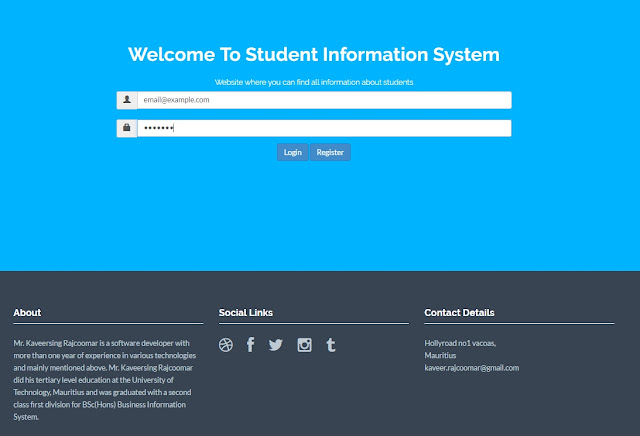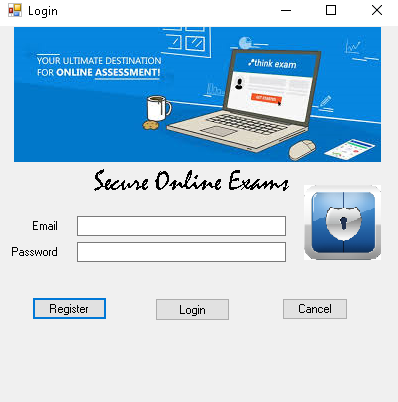Creating Controllers and Actions in ASP.NET Core MVC
Creating Controllers & Actions in ASP.NET Core MVC
In ASP.NET Core MVC, Controllers are responsible for handling incoming HTTP requests and returning an appropriate response. Actions are methods within controllers that handle specific requests and provide the logic for what should happen when those requests are made.
1. Understanding Controllers
Controllers are classes in ASP.NET Core that contain action methods. Each action method corresponds to a route in the application and performs a specific task, such as displaying a view or handling user input.
Syntax:
public class ControllerNameController : Controller
{
// Action methods go here
}
- A controller class typically ends with "Controller", e.g.,
ProductController,HomeController. - The Controller class inherits from the base class
Controllerprovided by ASP.NET Core.
2. Creating a Basic Controller
Let’s create a controller to handle product-related actions in a simple e-commerce application.
Steps:
- Define a Controller: Create a controller class that inherits from the
Controllerbase class. - Add Action Methods: Action methods are created as public methods inside the controller. These methods can return various types of results, including views, JSON data, or redirects.
Example: ProductController
using Microsoft.AspNetCore.Mvc;
public class ProductController : Controller
{
public IActionResult Index()
{
var products = new List<string> { "Laptop", "Smartphone", "Headphones" };
return View(products);
}
public IActionResult Details(int id)
{
var product = "Product details for ID: " + id;
return View("Details", product);
}
[HttpPost]
public IActionResult Add(string name)
{
return RedirectToAction("Index");
}
}
3. Action Methods in Controllers
Each action method handles a specific HTTP request. In the example above:
Index(): Handles GET requests to/Product/Index.Details(int id): Handles GET requests to/Product/Details/{id}.Add(string name): Handles POST requests for adding a new product.
Action methods can return several different types of responses:
View()RedirectToAction()Json()Content()PartialView()
4. Defining Views for Actions
Views are Razor pages (.cshtml files) associated with controller actions. Stored in the Views folder:
Views/Product/Index.cshtmlViews/Product/Details.cshtml
Example: Product Index View (Index.cshtml)
@model List<string>
<h2>Product List</h2>
<ul>
@foreach (var product in Model)
{
<li>@product</li>
}
</ul>
Example: Product Details View (Details.cshtml)
@model string
<h2>@Model</h2>
5. Routing and Action Methods
Default URL pattern:
/{controller}/{action}/{id?}Examples:
/Product/Index/Product/Details/1
6. HTTP Verbs (GET, POST, etc.)
Use attributes like [HttpGet], [HttpPost], etc.
[HttpGet]
public IActionResult Create()
{
return View();
}
[HttpPost]
public IActionResult Create(Product product)
{
return RedirectToAction("Index");
}
7. Returning a View
Without Data:
return View();With Data:
var products = new List<string> { "Laptop", "Smartphone", "Headphones" };
return View(products);
8. Redirecting Between Actions
public IActionResult AddProduct(string name)
{
return RedirectToAction("Index");
}
return RedirectToAction("Index", "Home");
9. Using Route Parameters in Actions
Example:
public IActionResult Details(int id)
{
var product = _productService.GetProductById(id);
return View(product);
}
Summary
- Controllers manage the flow of data between models and views.
- Actions handle specific HTTP requests.
- Support for GET, POST, etc.
- Actions return views, JSON, redirects, etc.
- Views are Razor pages that display data.
- Routing maps URLs to controller actions.



Comments
Post a Comment